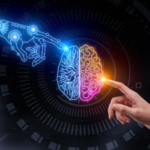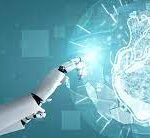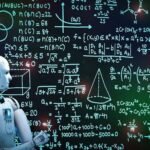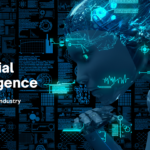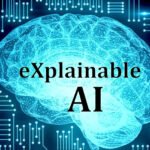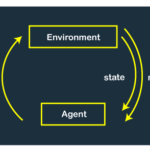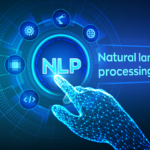DALL-E 2 Chimera prompts
/ /
The field of artificial intelligence (AI) continues to push boundaries and captivate our imagination. One such groundbreaking development is DALL-E 2, an advanced version of the original DALL-E neural network created by OpenAI. DALL-E 2 takes AI-generated images to the next level by introducing the concept of “chimera prompts.” In this blog post, we will delve into the fascinating world of DALL-E 2 chimera prompts, exploring their creative potential, ethical considerations, and the impact they may have on various industries.
- Understanding DALL-E 2 and Chimera Prompts: DALL-E 2 is an AI model capable of generating high-quality images from textual prompts. Building upon its predecessor’s capabilities, DALL-E 2 introduces chimera prompts, which combine multiple concepts or objects into a single image. By providing specific prompts, users can now witness the fusion of different elements, resulting in visually captivating and surreal compositions.
- Unlocking Creative Potential: Chimera prompts offer a unique canvas for unleashing human creativity. Artists, designers, and creative thinkers can explore uncharted territories by combining disparate ideas, objects, or creatures into a single image. This opens up endless possibilities for creating visually stunning and thought-provoking artwork that pushes the boundaries of imagination.
- Applications in Design and Advertising: DALL-E 2’s chimera prompts have the potential to revolutionize the fields of design and advertising. Designers can utilize these AI-generated images to inspire fresh concepts, develop innovative product designs, or create attention-grabbing marketing campaigns. By blending elements seamlessly, chimera prompts can spark novel ideas and challenge traditional design principles.
- Ethical Considerations and Responsibility: As with any AI-generated content, there are ethical considerations surrounding the use of DALL-E 2 chimera prompts. The responsibility lies with users and creators to ensure that the generated images do not perpetuate harmful stereotypes, promote misinformation, or infringe upon intellectual property rights. Thoughtful and responsible use of AI-generated imagery is essential to avoid potential pitfalls and uphold ethical standards.
- Advancements in Virtual Environments and Simulation: Chimera prompts hold great potential for enhancing virtual environments and simulation technologies. By combining different elements seamlessly, AI-generated images can contribute to the development of more immersive and realistic virtual worlds. From video games to virtual training simulations, DALL-E 2’s chimera prompts can enrich the user experience and broaden the possibilities of digital environments.
Posted in Blogs







